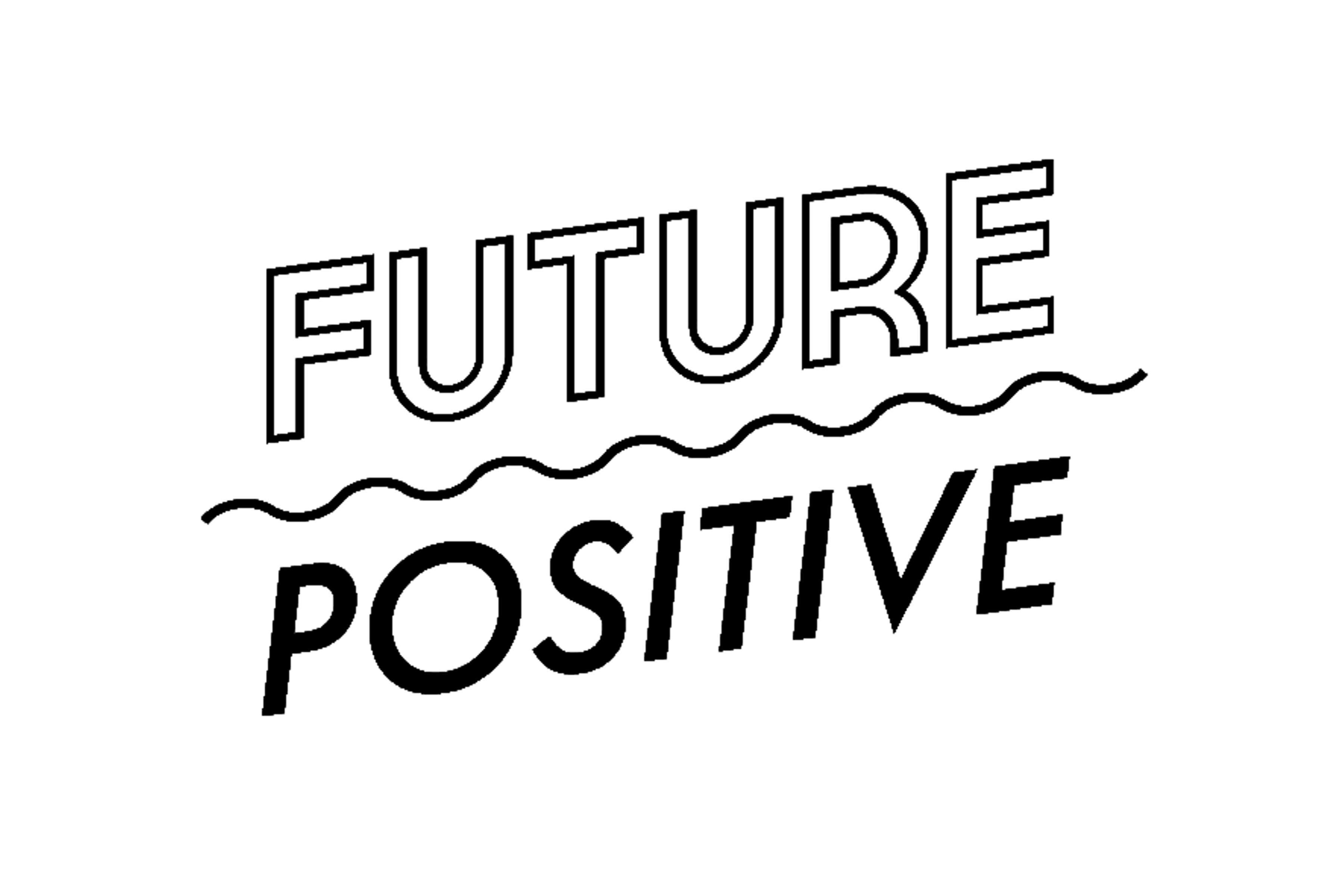Gardening, being good both as a physical activity, but also as a way of achieving mental well-being, is also a past-time that rewards psychologically. You will however need to protect against toxins, sharp edges and chemicals, and other potential pitfalls while undertaking this activity. This may surprise you, but the recorded number of injuries arising from tasks being carried out in the garden is about 87,000 in a year, and these are just the ones recorded by the RoSPA (Royal Society for the Prevention of Accidents). Here we cover a breakdown of the type of protective workwear you will require when tackling your beloved garden.
It is advisable to wear gloves when handling soil or compost and these are particularly effective against harmful plants, fertilisers and plant protection products like pesticides. You will not only find this advisable but imperative if you already have a cut or graze on your hand. Waterproof gloves are the best at preventing contact with harmful substances, in place of those made from an absorbent fabric.
If you can combine waterproof with a thick protective material, this would be an additional layer of defence, particularly against barbes, prickles and spines. If you are working on such plants, gauntlets, gloves which cover your wrists and lower arm can be a suitably protective measure. Gloves also provide extra grip when using machinery like shears and hedge-trimmers.
Covering up your bare skin is advisable if you have a sensitive reaction to harmful sap or skin irritating substances. You can wear long sleeves and trousers but try to avoid too baggy and loose-fitting clothing as these can become snagged if you are using tools or machinery.
A dust mask can stop you breathing in particles that can be liberated when handling potting media, particularly when it is dry. This can cause coughing and irritation. Wearing such protection can be useful when turning compost as there are again harmful spores or bacteria that can be released during this activity. You would be advised to use one of these if you are asthmatic or have bronchitis.
When you are using machinery to prune or cut, such as hedge-trimmers or strimmers, you will benefit from the use of safety goggles. The possibility exists that loose clippings can be projected towards your face and eyes. Debris such as sawdust or leaf trimmings could also be blown your way in windy conditions.
Noisy machinery such as a strimmer, hedge trimmers and particularly lawn mowers and chain saws are all good reasons to wear ear defenders during long periods of exposure in the garden. There is advice online on what kind of decibel levels will require ear protection.
If it is your job, you are using heavy machinery or you are manoeuvring heavy objects, proper boots are a good addition to your protective attire.
When pruning hedges or trees and you are working on something above your head a helmet is advisable. Some come with glasses and ear defenders attached.
Assessing your task before undertaking it will avail you of the type of PPE that you will need and protect you in advance of an accident happening.





